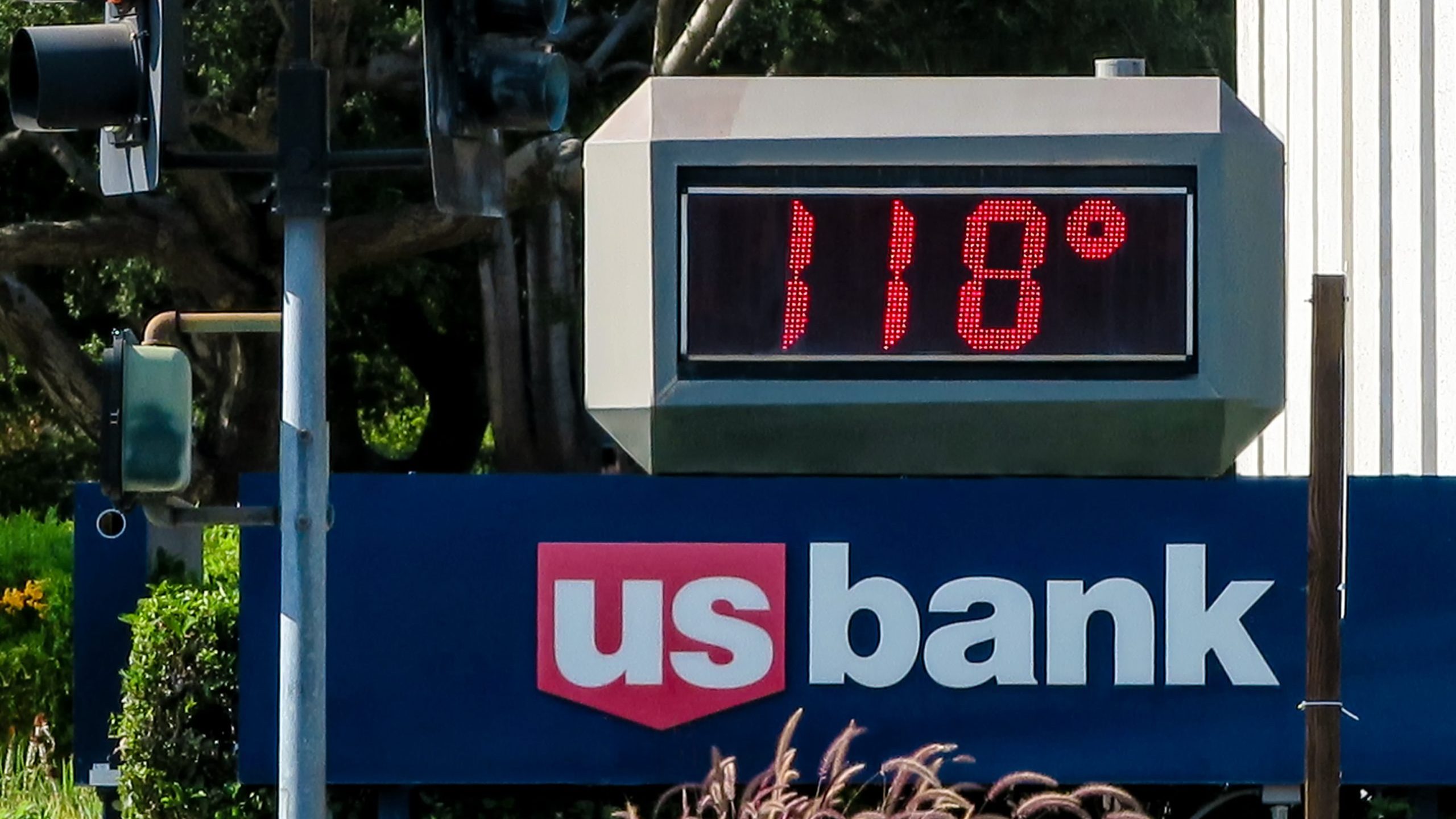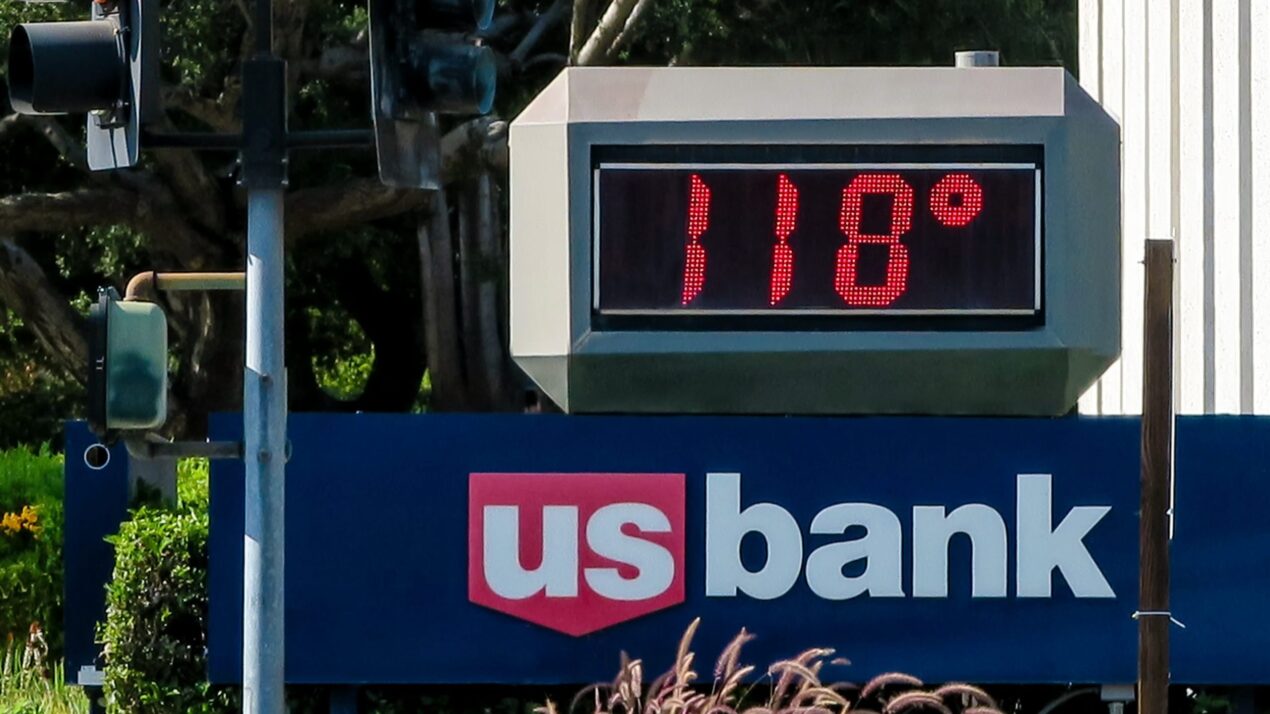
Heat awareness campaign
Awareness and Engagement

Summary
Many communities do not realize the wide-ranging impacts of extreme heat or options to mitigate their risk. Outreach campaigns can raise awareness about why heat is a priority, how rising temperatures intersect with different social and climate issues, and share existing resources for community members to participate in cooling solutions to protect human health.
Implementation
Create guidelines, toolkits, and handbooks to educate the public on heat risk. Launch awareness campaign on diverse platforms like social media, websites, and media outlets.
Considerations for Use
Public spaces and spaces where vulnerable populations frequent are great locations for events such as schools and senior centers. Program managers should consider barriers to online communication for vulnerable populations and prioritize sharing information in highly visible public places.
Overview
Climate:
Cold, Hot/Dry, Hot/Humid, TemperatePolicy Levers:
Awareness and EngagementGovernments may design and operate programs with the goal of increasing awareness and engagement among constituents or stakeholder groups about the risks and opportunities of extreme heat.Trigger Points:
No-regrets actions (low cost/low effort but substantial benefit)Interventions that are relatively low-cost and low effort (in terms of requisite dependencies) but have substantial environmental and/or social benefits.Intervention Types:
Communications/OutreachSectors:
Disaster Risk Management, Education, Informal Settlements, Public Health
Case Studies
Impact
Target Beneficiaries:
Heat-vulnerable communities, ResidentsPhase of Impact:
Risk reduction and mitigationMetrics:
Number of community members reached
Implementation
Intervention Scale:
City, State/ProvinceAuthority and Governance:
City government, State/provincial governmentImplementation Timeline:
Short-term (1-2 Years)Implementation Stakeholders:
City government, State/provincial governmentFunding Sources:
Grants and philanthropy, Public investmentCapacity to Act:
High, Low, MediumBenefits
Cost-Benefit:
LowPublic Good:
HighGHG Reduction:
N/ACo-benefits (Climate/Environmental):
N/ACo-benefits (Social/Economic):
Build community capacity, Build social cohesion, Improve human health
